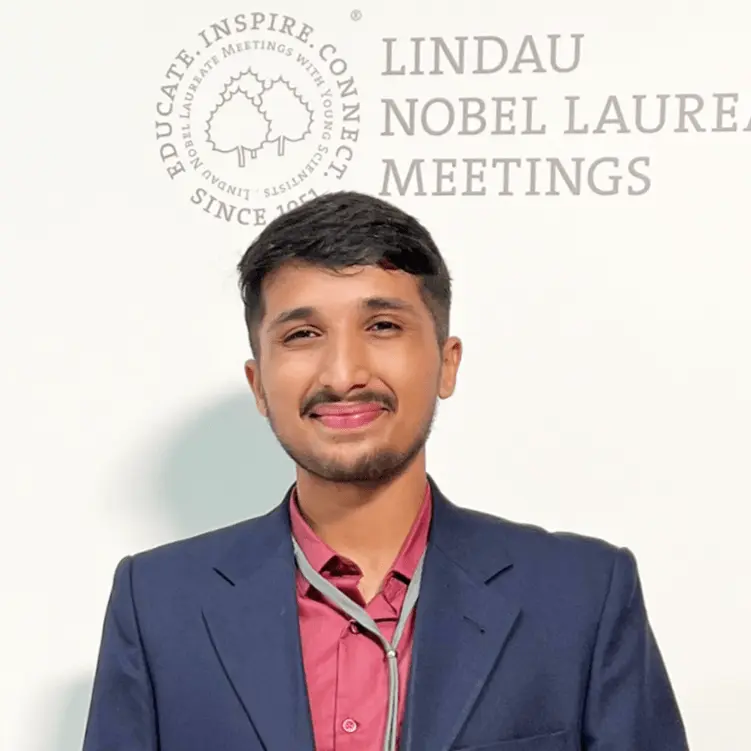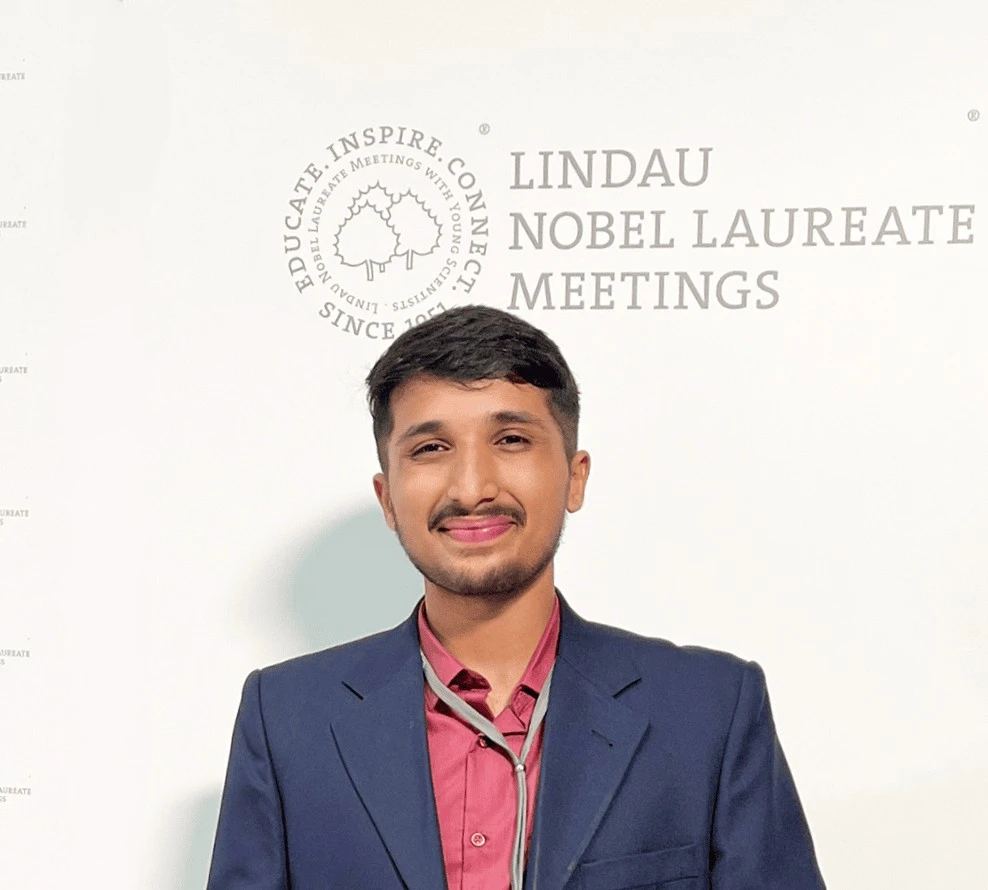If you are a layman — Quantum Field Theories describe the dynamics of theories with fields, whose excitations manifest as particles. In simple words, what a quantum field theory does is assign some operators (scalars, vectors, spinors) to each point in space, and study their dynamics with time. These theories were born out of the inadequacy of quantum mechanics in explaining relativistic processes where particles were created and annihilated. Despite their tremendous success, QFTs still harbor deep mysteries—most notably how to quantize gravity, which is one of the biggest unsolved questions in modern physics. Most of these problems can be attributed to the fact that QFTs are inherently complicated, since they start off assuming infinite number of degrees of freedom, i.e. one mathematical object to each and every point in spacetime (which is, not so obviously, infinite).
If you are not a layman — I am currently working on conformal field theories. These have a very appealing universality, and have a wide range of applications in not only high-energy physics but also in condensed matter systems. My research is currently on the so called bootstrap methods which allow one to write physical results just from symmetry arguments, without having to appeal to the tedious calculations.
Another aspect I find interesting is that one can discretize spacetime points to reduce the number of degrees of freedom from infinite to finite, and formulate a QFT on this discrete "lattice". Once put on a lattice, one can use modern computational facilities to compute the hard integrals to get numerical results which can be compared with experiments. This is called lattice field theory (see
Wilson for more details).
More interestingly, in recent days, there has been a formulation of a mapping between the interactions of qubits to the dynamics of lattice field theories. Exploiting these correspondences could allow us to simulate lattice field theories directly on quantum computers (for example,
Muschik et. al.), opening a new frontier at the intersection of quantum information and high-energy physics.

